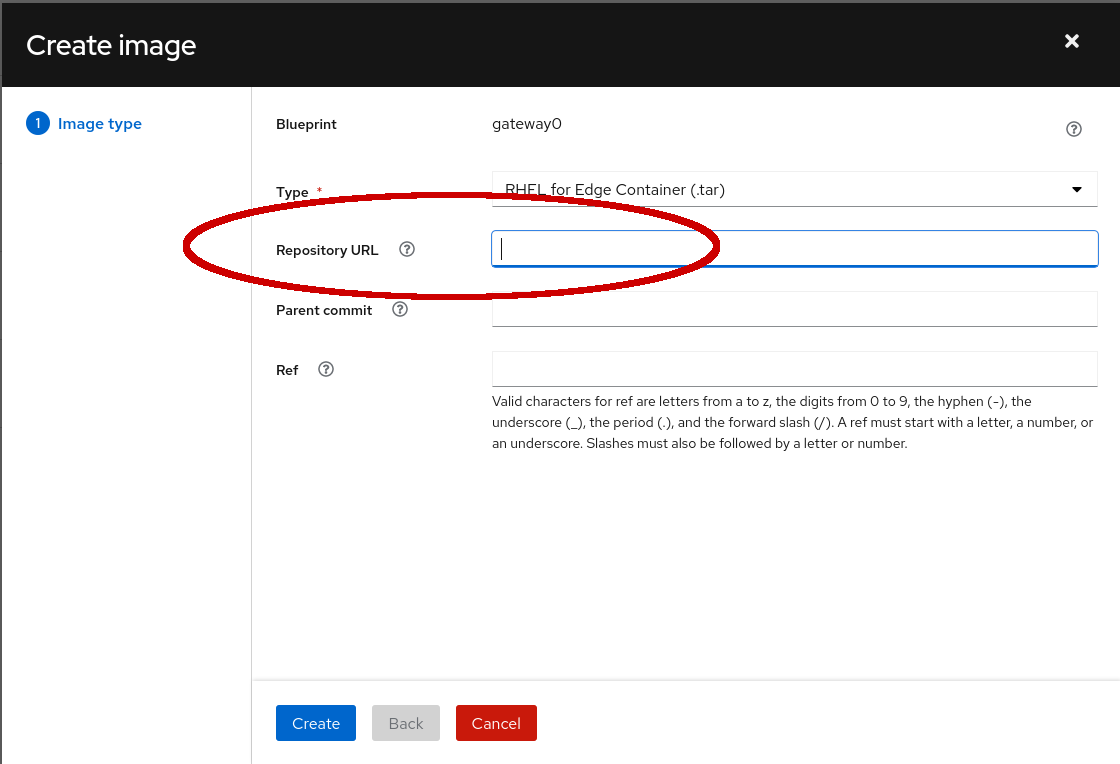Red Hat Blog
In November of 2020, we announced a deployment option for Red Hat Enterprise Linux aimed at solving challenges common to edge computing environments. With the release of Red Hat Enterprise Linux (RHEL) 8.4, we are excited to continue the momentum in bringing our customers an operating system experience aimed at simplifying and securing workloads outside the core data center. The focus of this release is around improving the user experience around the core capabilities released last year.
Life cycle images using containers
In this release, Image Builder gains the ability to put OSTree repositories inside OCI container images. You might be wondering, “Why in the world would I want to do that? How does this help?” It is a great question. This concept has worked so well with Red Hat Enterprise Linux CoreOS and Red Hat OpenShift that we decided to do something similar for RHEL for the Edge.
An OSTree repo consists of many small files; it is literally every single file of the operating system. Packing the commit in a container means that it is far easier to transfer the “release” of the image, via standard container registries, as well as serve the commit using any standard cloud-native infrastructure.
The diagram below depicts a simple development to production workflow for promoting image versions which could include: an OS update, configuration or content change. Containers are very well suited to automate a workflow like this, and we can still benefit from the amazing network efficiency of OSTree for the last mile push to remote systems. Essentially, this gives us the best of both worlds where we can leverage containers for their portability and ease of use with cloud-native infrastructure, and also benefit from using OSTree to update edge devices that may have limited or constrained network connectivity.

Installer Images for ISO/USB
The last release relied on the existing RHEL installation media to pull the edge image onto the device being provisioned. While this method is viable and well proven, it does not provide a straightforward installation option for disconnected systems.
In RHEL 8.4, Image Builder provides an option to embed an existing edge image into installation media, making a disconnected install much simpler. The default experience provides the familiar Installer UI with only a few user prompts. A non-interactive option is also available by injecting custom kickstart configurations into the media to achieve full automation capabilities.
Creating the installation media is as simple as running a single command:
# composer-cli compose start-ostree <blueprint-name> rhel-edge-installer --url <ostree repo>
Simplifying Updates
Previous releases of Image Builder required the user to provide the parent, or previous, commit hash when creating updates. 8.4 introduces the ability to provide a repository URL as a starting point. Image Builder will now fetch the hash on the user’s behalf. This greatly simplifies any automation calling Image Builder to generate updates as we can now repeat the same composer-cli command to build updated images over time to include errata.

Images with Real Time
RHEL for Real Time users can now use the real time kernel in their edge images. This is highly valuable for deterministic workloads that need to honor control loops without interruptions from other processes or IRQs on the system. To switch to the kernel-rt package, simply add the rhel-8-for-x86_64-rt-rpms repository as a source in Image Builder and include the following blueprint customization spec:
[customizations] [customizations.kernel] name = "kernel-rt" append = ""
Get started with RHEL for Edge Today
Get started with our edge image documentation or demo to take advantage of the native strengths of RHEL as well as its unique features developed for the edge. As we continue to enhance this deployment footprint for RHEL, be sure to check out upcoming articles that highlight how to use new features with practical examples.
Über den Autor
Ben Breard is a Senior Principal Product Manager at Red Hat, focusing on Red Hat Enterprise Linux and Edge Offerings.

